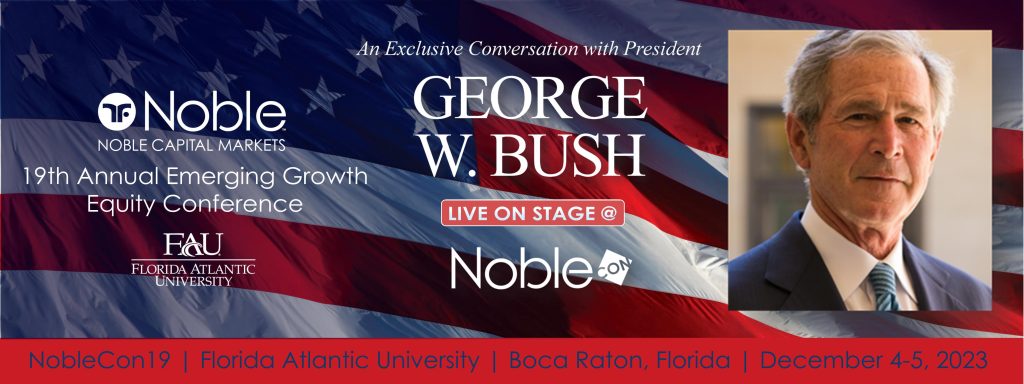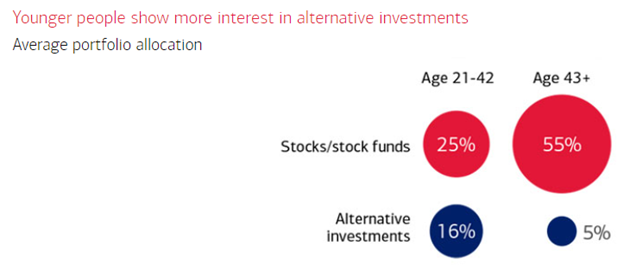
There are More Reasons to Balance Your Investments than to Let Them Ride
Performance differences of varied allocations in an investment portfolio over time will disrupt the original balance. It doesn’t take long for the portfolio to be overweighted in some sectors and underweighted in others. This can add unintended risk not included in the original plan. One tried and true method of resetting the risk to its original setting, is regular portfolio rebalancing. Below, we’ll highlight why investors rebalance their portfolios, how to know how often is prudent, and the importance of reviewing and maybe revising allocations during the rebalancing process.
Why Do Investors Rebalance Their Portfolios?
Rebalancing helps to retain the characteristics of a decided upon asset allocation. This enforces the mix in sot not veering too far from an allocation that takes into consideration the expected risk adjusted return characteristics of the portfolio, and supports the individuals investment policy statement (IPS)
Asset allocation refers to the distribution of investments across different asset classes, such as stocks, bonds, crypto, real estate and cash. A well thought out portfolio may also consider market capitalization of the securities in the stock portion of their investments as these too have different performance characteristics.
Over time, market movements cause the value of the portfolio assets to fluctuate, as one segment grows faster, or loses value faster than other assets. This unbalances the original asset allocation. Because this is portfolios lose their balance, investors will mark their calendars to, at set intervals, rebalance their portfolios to bring it back in line with the intended allocation.
Bringing a portfolio back to the original decided upon helps with two main important goals.
Risk Management: Different asset classes carry varying levels of risk. By rebalancing, investors can ensure that their portfolios remain aligned with their risk tolerance. For instance, if stocks have performed exceptionally well, their increased value could lead to a higher proportion in the portfolio. Rebalancing allows investors to sell some stocks and allocate the proceeds to other assets to manage risk effectively. Over time this can have the effect of selling off securities as they become overvalued, and buying others when they are undervalued.
Long-Term Strategy: Regular rebalancing forces investors to maintain their long-term investment strategy. It prevents the portfolio from becoming overly skewed towards one asset class, which could result in excessive exposure to specific market conditions. Regularly rebalancing ensures that the investment strategy remains intact, even during periods of market volatility.
How Often Should Investors Rebalance Their Portfolios
The frequency of portfolio rebalancing depends on individual preferences, investment goals, and market conditions. While there’s no one-size-fits-all approach, common rebalancing strategies include:
Time-Based: Investors can rebalance their portfolios on a predetermined schedule, such as quarterly, semi-annually, or annually. This approach ensures regular monitoring and adjustment of the portfolio.
Threshold-Based: Investors can set predetermined thresholds for asset allocation. When the allocation deviates beyond these thresholds, rebalancing is triggered. For example, if the target allocation for large-cap stocks is 30% and it exceed 35%, the entire portfolio would be rebalanced to the original desired mix.
.
Reviewing Allocation Changes when Rebalancing
Isn’t selling your winners and increasing your losers a bad strategy? When rebalancing a portfolio, investors should review and carefully consider allocation changes. This is risky because the purpose of rebalancing and doing it at set trigger points is to make sure emotion doesn’t prevent the investor from thinking that a particular allocation will rise, fall, or move sideways forever. If one is reviewing changes to the allocation, they should start with their stated investment objectives and assess the performance and expectations of each asset class against the objectives.
Key points to consider include:
Diversification: Rebalancing presents an opportunity to reassess the diversification of the portfolio. Ensure that investments are spread across multiple sectors, regions, or asset types to mitigate risks associated with concentration.
Investment Objectives: Investors should review whether their investment objectives have changed over time. If so, they may need to adjust their target asset allocation accordingly. If the portfolio is retirement money, as one approaches retirement, conventional wisdom suggests they should reduce assets that expose them to the most uncertain returns.
Market Conditions: Assess the performance and outlook of different market-caps, industries, and overall asset classes. For example, if rates are expected to rise, reducing the weighting in dividend stocks could be a historically-supported wise decision. Allocate resources to areas that demonstrate growth potential while considering expected risk factors.
Take Away
Time-tested wisdom says investors should, at regular intervals or triggers, rebalance their investment portfolio. This helps them take some profits and invest in securities that haven’t yet risen, or perhaps have gotten cheaper.
By rebalancing, investors can manage risk, align their portfolios with their investment goals, and prevent overexposure to assets that have already had their big run and may be ready to retrace their rise. The frequency of rebalancing should be based on individual circumstances and preferences, while careful review and consideration of allocation changes are crucial for optimal portfolio management. Regularly monitoring and adjusting portfolios through rebalancing can help
Managing Editor, Channelchek







